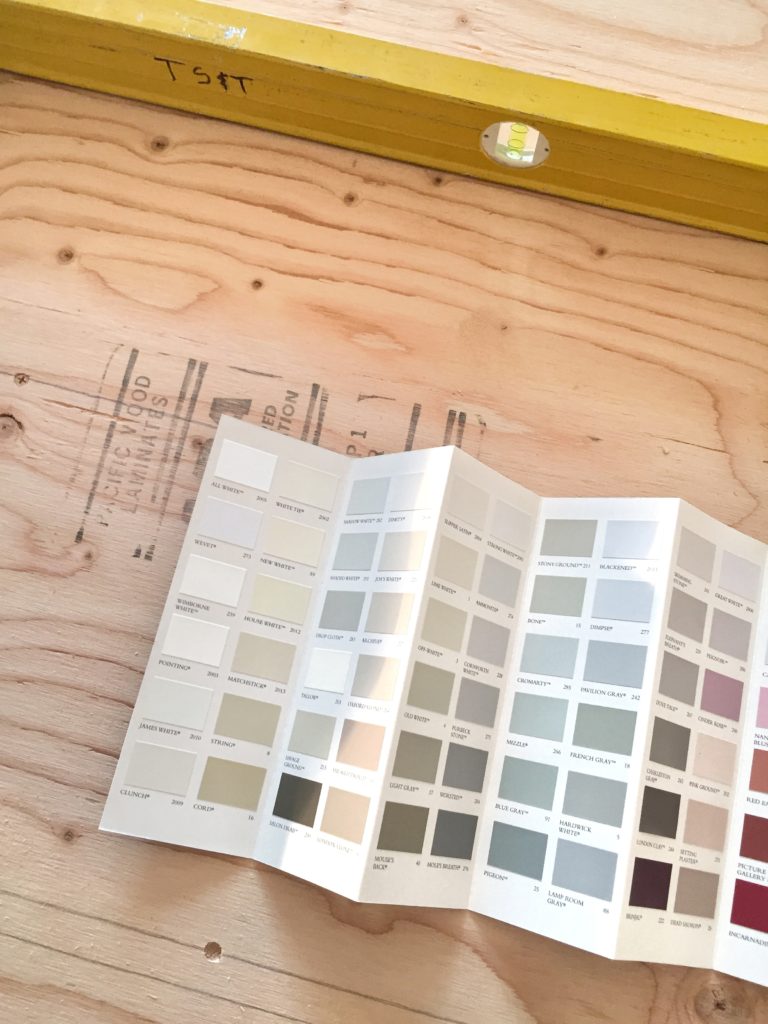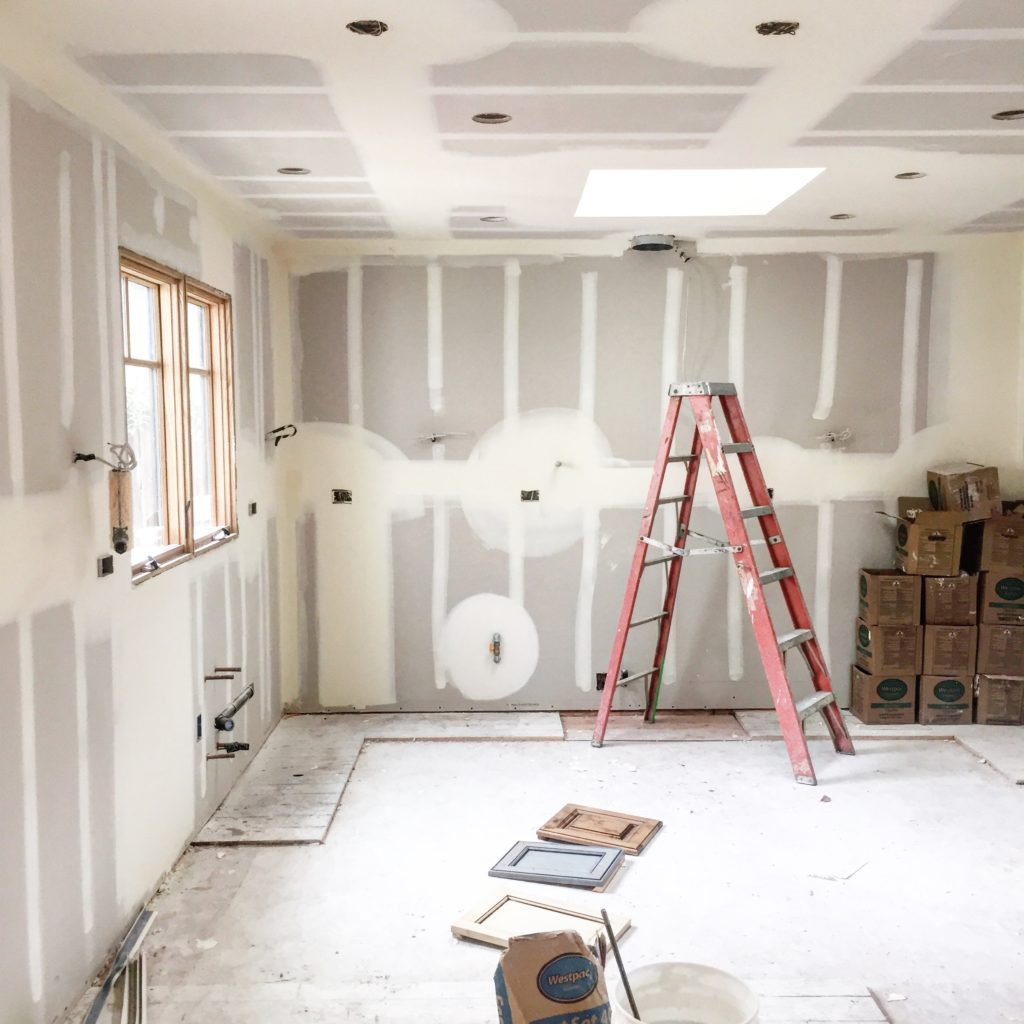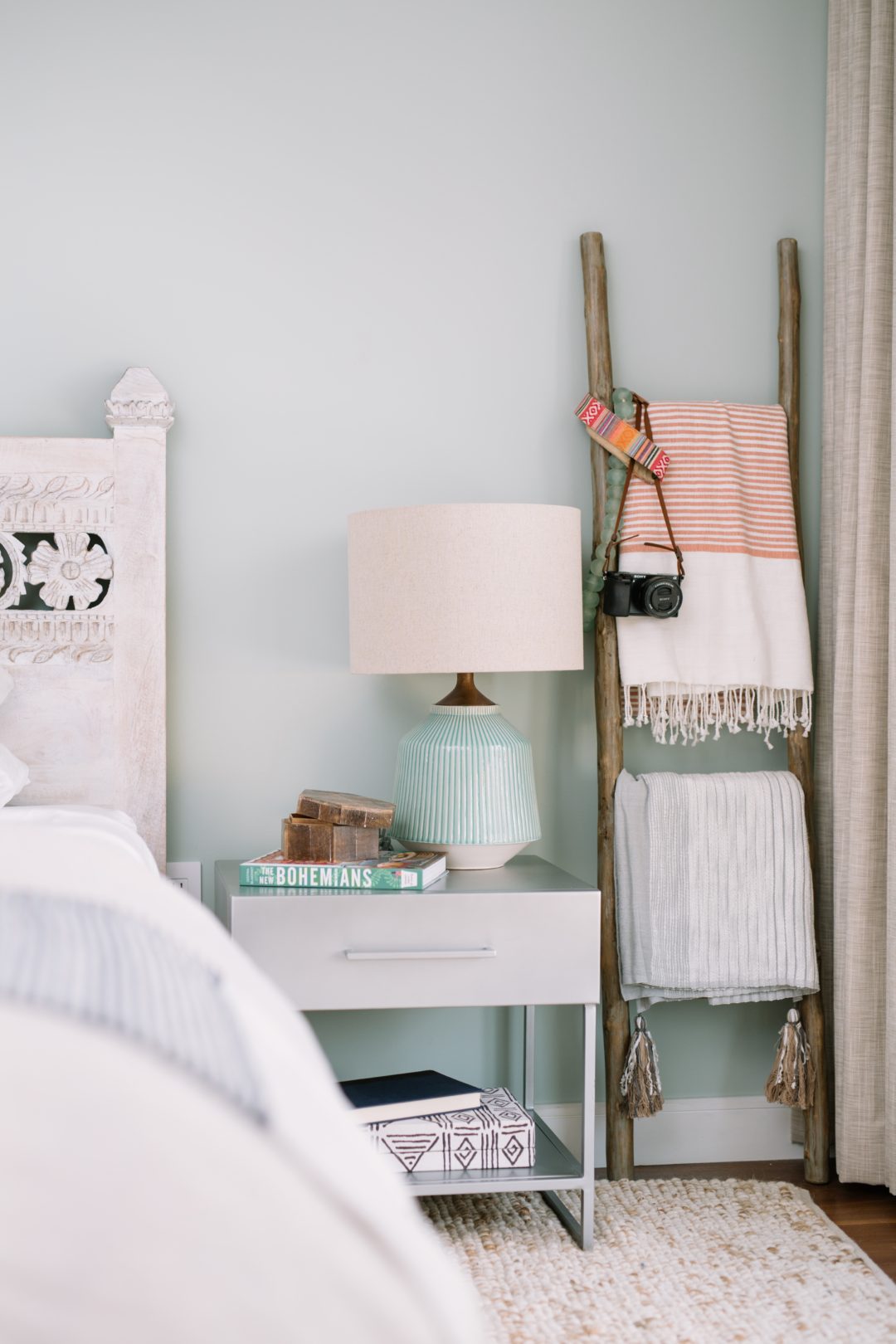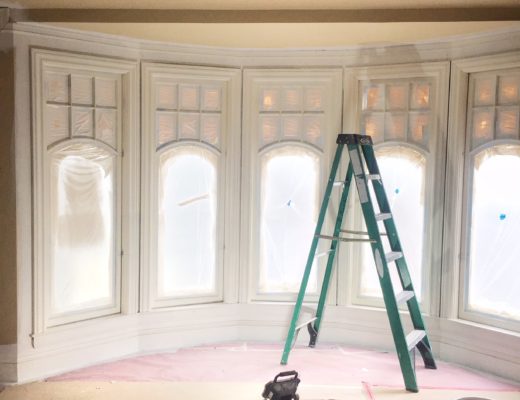Remodeling is my jam, and I love to hold my clients’ hands through their own design processes, knowing that in the end, they will be forever happy and ready to relax in their new space.
There are some common themes as to why clients may choose to phase out a remodel, which can have some benefits.
- One reason is simply to slowly gain a comfort level with the whole idea of a remodel while also gaining trust with their choice of designer, contractor, engineer, and architect.
- Another reason is for simple financial reasons. Phasing allows a remodel to start now to increase comfort level and functionality of your home rather than waiting until the day you can fund the large project of your dreams.
- You will learn as you go. It’s no secret that no job is like another, but you will learn a ton throughout the remodel/design process. I work to provide my clients with a clear understanding of why selections are being made, which in turn makes it that much more fun and reduces their stress as the project continues.
- Often, a project can be phased alongside a growing family as their needs change. Taking in the in-laws, the new baby on the way, etc. into consideration when deciding to take on another project.

Like most things in life, there are benefits but there are also some cons to phased design projects that should be considered.
- You will feel that the projects take longer than doing it all at once, and that is often true. This can also make you feel like you are living in a construction zone non-stop.
- You can often save substantial money by doing it all at once – i.e. pulling permits, design hours, etc. some items can be combined minimizing extra fees. Multiple phases may also mean undoing work that was previously completed if you didn’t properly think about upcoming phases.
- Your team may not always be readily available for your next phase. The truth is, designers, architects, and engineers each have extremely busy schedules. If you know you will have other phases coming up, reach out early to check availability.

Whatever the reasons are for phasing out a remodel, there are some simple steps to make sure the phased project proceeds as smoothly as possible.
- Ask yourself, why is it exactly that you want to remodel? Sounds easy, right? In actuality, this is a very important step that goes well beyond, “I want a nice kitchen”. Is the answer to make your home fetch a bigger price tag when it comes to selling? To make space for a growing family? Because you can’t stand using that kitchen anymore, and it has to go? Whatever it is, make sure that if there is more than one of you involved in the process that you are on the same page in terms of your needs not just wants.
- What is your own big picture for the home? While you are not planning to do it all at once, coming up with a game plan for the entirety of the home will save you time and money so you don’t run into costly “mistakes” in later phases.
- What are your expectations? Hand in hand with the above step, make sure you have realistic goals in place for what it is that you are after so you can explain them thoughtfully to your designer, contractor, engineer, and architect or whomever you plan to have involved.
- Do you plan to live in the home during the construction? This one is tough. It is expensive to remodel, right? Yes, it definitely can be. However, if you can afford to live away from the home during the construction, you will save yourself some sanity. Truth: construction is dirty, nasty, and tends to leave particles floating in the air – all of which means it is not great for your health. Consider setting extra money for a rental during the construction.
- Will you be local if you are not planning to live in the home? If you don’t plan to be local during the construction, your relationship with your team working on the project is even more vital (as is your trust level). Make sure you have clear plans on when you will receive updates and what you expect as a timely response so everyone is on the same page. This will reduce everyone’s stress throughout the project.
- What is your budget? This is vital. I can’t tell you how many times I’ve been told, “no budget”, “average?”, “normal”, “I don’t know”, etc. It’s a tough conversation, but in reality, everyone’s mid-range is different from the next. Providing a clear set number is important to your team; they don’t want to waste your time or their own suggesting designs that require an expense that you don’t plan to spend.
* I can’t recommend taking notes throughout your process prior to even starting to make sure all your thoughts are covered when the time comes to sit down with your team.
Thinking of starting a design project, let’s work together! Contact me and see our past work here.





